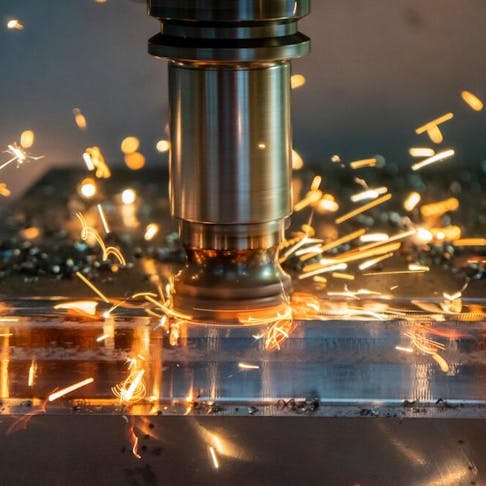9 Types of Machining Processes

Turning is a machining method that uses a lathe to rotate the metal while a cutting tool moves linearly to remove metal along the diameter, creating a cylindrical shape. The cutting tool can be angled differently to create different shapes. Turning can be done manually, with a traditional lathe, which frequently requires continuous supervision by the operator, or by an automated lathe that does not. Today the most common type of such automation is computer numerical control, called CNC.
Turning uses either lathes or turning machines. The types of lathes available include turret lathes, engine lathes, and special purpose lathes. Turning produces rotational, typically axis-symmetric parts with many features, such as holes, grooves, threads, tapers, diameter steps, and even contoured surfaces. Parts fabricated entirely through turning often include components used in limited quantities, perhaps for prototypes, such as custom-designed shafts and fasteners.
The applications of turning are, among others, baseball bats, camshafts, bowls, crankshafts, cue sticks, signboards, musical instruments, and table and chair legs.

9 Types of Machining Processes
An overview of nine types of machining processes including turning, drilling, milling, and more.
If you have any question please CONTACT Us Email us at: [email protected] Call US :(936) 588-1888
Don’t Forget to Visit our Services


